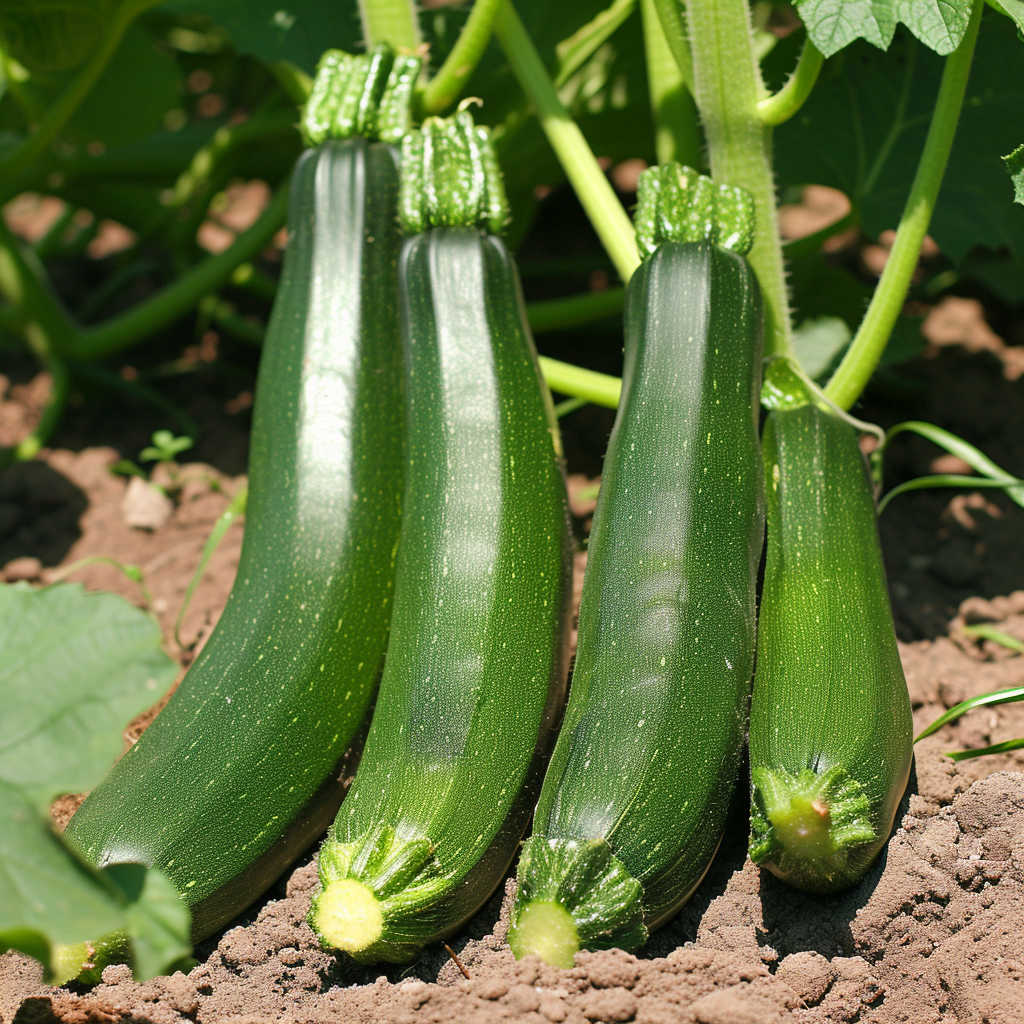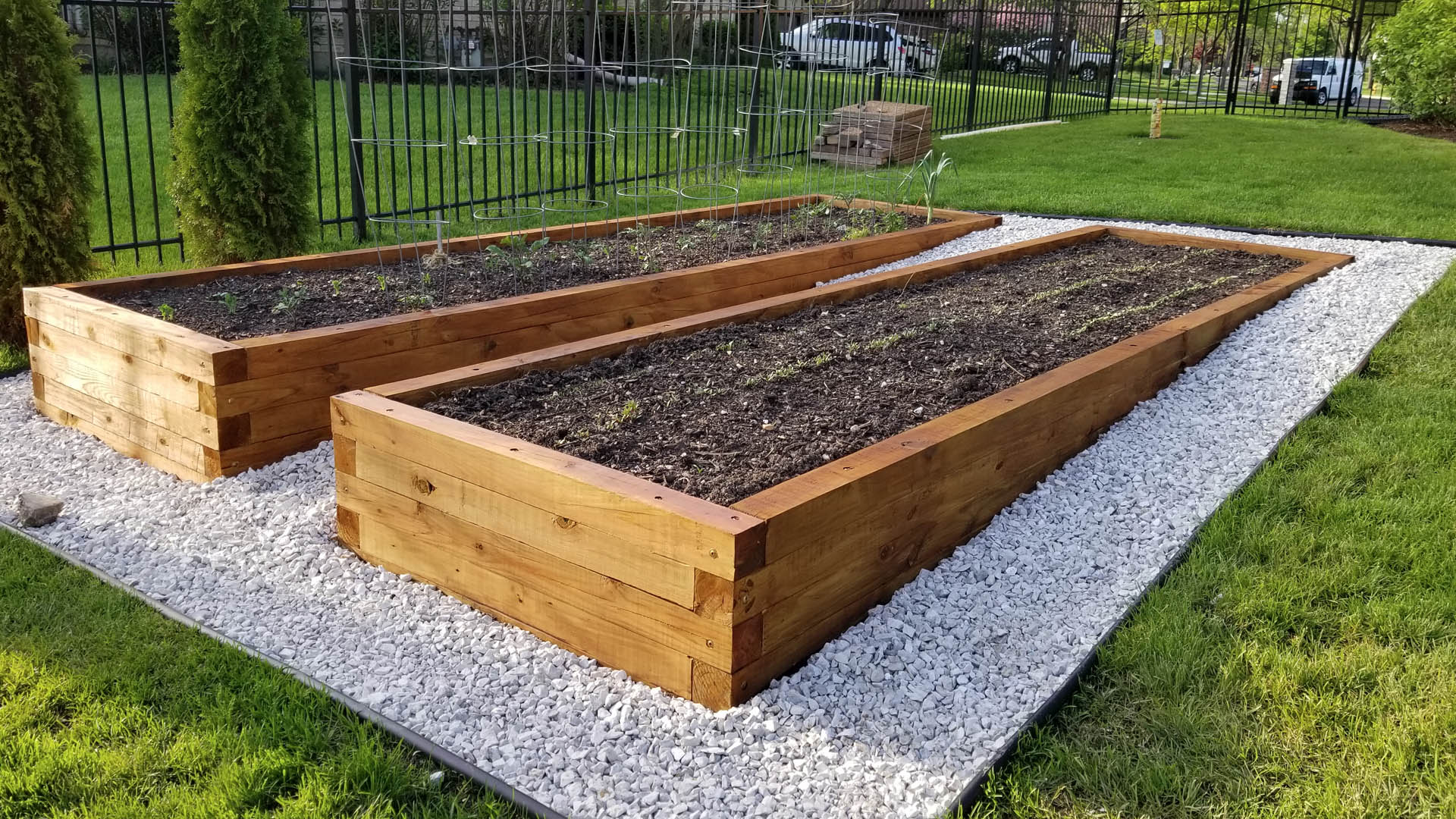Master Growing Zucchini in Raised Beds Today

Imagine stepping into your backyard and plucking a fresh, vibrant zucchini straight from your raised bed garden. The satisfaction of growing your own vegetables is unmatched, and zucchini, with its versatility and ease of growth, is a perfect starting point. Whether you're a seasoned gardener or a novice, mastering how to grow zucchini in raised beds can be a rewarding experience. Let's dive into the world of raised bed gardening and discover the secrets to successful zucchini care.
Why Choose Raised Beds for Growing Zucchini?
Raised bed gardening offers numerous advantages, especially for vegetable growing. The controlled environment allows for better soil management, improved drainage, and easier access for planting zucchini and other vegetables. Plus, raised beds can be a lifesaver in areas with poor soil quality or drainage issues.
Benefits of Raised Bed Gardening
- Improved Soil Control: You can tailor the soil to the exact needs of your zucchini plants.
- Better Drainage: Raised beds prevent waterlogging, which is crucial for zucchini care.
- Easier Maintenance: Weeding and harvesting are simpler with raised beds.
- Extended Growing Season: The soil in raised beds warms up faster in spring, allowing for earlier planting.
Getting Started: Building Your Raised Bed
Before you dive into planting zucchini, you need to build your raised bed. Here are some essential garden tips to get you started:
Materials and Construction
- Wood: Cedar or composite materials are durable and rot-resistant.
- Size: Aim for a bed that is 4 feet wide and at least 8 feet long, with a depth of 12-24 inches.
- Location: Choose a spot with full sun, as zucchini plants need at least 6-8 hours of sunlight daily.
Filling Your Raised Bed
The soil mixture is crucial for successful zucchini care. A blend of topsoil, compost, and well-rotted manure will provide the nutrients your plants need. Ensure the soil is well-draining to prevent root rot.
Planting Zucchini: Step-by-Step Guide
Now that your raised bed is ready, it's time to focus on planting zucchini. Follow these steps for a bountiful harvest:
When to Plant
Zucchini is a warm-season crop, so wait until the soil has warmed up to at least 70°F (21°C). In most regions, this means planting in late spring or early summer.
Seed Selection
Choose disease-resistant varieties like 'Black Beauty,' 'Golden Egg,' or 'Eight Ball.' These varieties are known for their robust growth and high yield.
Planting Technique
- Spacing: Plant seeds 1 inch deep and 2-3 feet apart in rows that are 2-3 feet apart.
- Watering: Keep the soil consistently moist but not waterlogged.
- Mulching: Add a layer of organic mulch to retain moisture and suppress weeds.

Caring for Your Zucchini Plants
Zucchini care doesn't end with planting. Regular maintenance is key to a healthy harvest. Here are some essential tips:
Watering
Zucchini plants need about 1 inch of water per week. Use a soaker hose or drip irrigation to deliver water directly to the roots, avoiding the leaves to prevent fungal diseases.
Fertilizing
Apply a balanced fertilizer (10-10-10) every 4-6 weeks. You can also use compost tea or fish emulsion for a natural boost.
Pest and Disease Management
- Pests: Watch out for cucumber beetles, squash bugs, and aphids. Use insecticidal soap or neem oil for control.
- Diseases: Powdery mildew and blossom-end rot are common. Ensure good air circulation and consistent watering to prevent these issues.
Harvesting and Storing Zucchini
The moment you've been waiting for—harvest time! Here's how to make the most of your zucchini harvest:
When to Harvest
Zucchini is ready to harvest when it reaches 6-8 inches in length. Regular picking encourages more fruit production.
Storage Tips
Store zucchini in the refrigerator for up to two weeks. For long-term storage, you can freeze or pickle your zucchini.

Common Mistakes to Avoid
Even the most diligent gardeners can make mistakes. Here are some common pitfalls to avoid:
Overcrowding
Planting zucchini too close together can lead to poor air circulation and increased risk of disease.
Overwatering
Too much water can cause root rot and other fungal issues.
Neglecting Pest Control
Regularly inspect your plants for pests and take action early to prevent infestations.
Conclusion
Mastering how to grow zucchini in raised beds is a journey filled with rewards. From the satisfaction of building your raised bed to the joy of harvesting your first zucchini, every step is a learning experience. With the right garden tips and a bit of patience, you'll be enjoying fresh, homegrown zucchini in no time. So, why wait? Start your raised bed gardening adventure today and reap the benefits of growing your own vegetables.
Ready to get your hands dirty? Click here to learn more about raised bed gardening and take the first step towards a bountiful zucchini harvest.
FAQs
What is the best soil for growing zucchini in raised beds? A well-draining mix of topsoil, compost, and well-rotted manure is ideal for zucchini.
How often should I water my zucchini plants? Zucchini plants need about 1 inch of water per week. Use a soaker hose or drip irrigation for best results.
What are some common pests that affect zucchini? Cucumber beetles, squash bugs, and aphids are common pests. Use insecticidal soap or neem oil for control.
When is the best time to harvest zucchini? Harvest zucchini when it reaches 6-8 inches in length. Regular picking encourages more fruit production.
Can I grow zucchini in partial shade? Zucchini needs full sun, at least 6-8 hours of sunlight daily, for optimal growth and yield.
0 Response to "Master Growing Zucchini in Raised Beds Today"
Post a Comment